
Japanese Macaque
Japanese Macaque
Japanese Macaque
As the name suggests, japanese macaques are monkeys that live only in Japan. The Japanese macaque, which appears in folktales such as "The Peach Boy" and "The Monkey and the Crab," is a familiar animal to japanese people. However, when you think about it again, you may be surprised to find that there are many things you don't know about its ecology and characteristics. Let's take a peek together to see what characteristics and secrets Japanese monkeys have in this article!
Japanese Macaque Basic Infomation
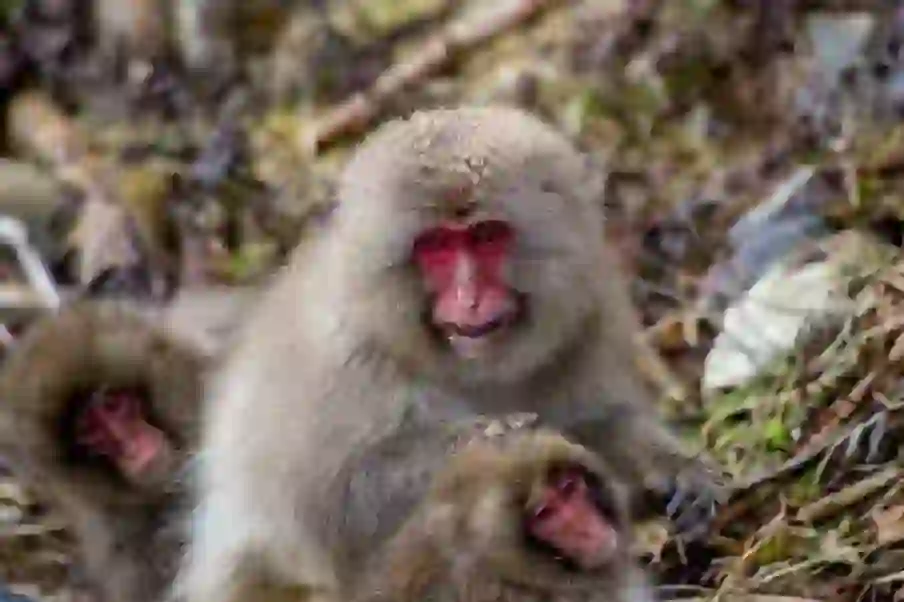
Mammalia-Primates-Cercopithecidae-Macaca genus.
Male:length53~60cm weight:10~18Kg. Female:length47~55cm weight:8~16Kg.
Japanese macaques are endemic to Japan, living in a wide range of areas throughout Japan, from Aomori Prefecture to Kagoshima Prefecture.They prefer forests with broadleaf trees such as beech and oak, and live in herds with multiple males and females mixed in.
Japanese macaques enter the breeding season only once a year, and both males and females mate with multiple partners during the breeding season.
The breeding season varies depending on the habitat, but it is believed that most japanese macaques mate from autumn to winter and give birth from spring to early autumn.
The average gestation period is 173 days, with one animal per birth. It seems to be rare for twins to be born.
Japanese macaques are omnivorous animals, feeding on everything from fruits and seeds, leaves and flowers, and plants such as ferns and moss, as well as mushrooms and seaweed.
Since they are omnivorous, they sometimes eat insects, shellfish, lizards, frogs, and other animal matter. It is also known to have a habit of eating clayey soil to replenish minerals.
Japanese Macaque Q&A

How many japanese macaques live in Japan?
In fact, the number of japanese macaques living throughout Japan is not clearly known. However, the results of a survey reported that there were probably about 150,000 japanese macaques in Japan in 2010.
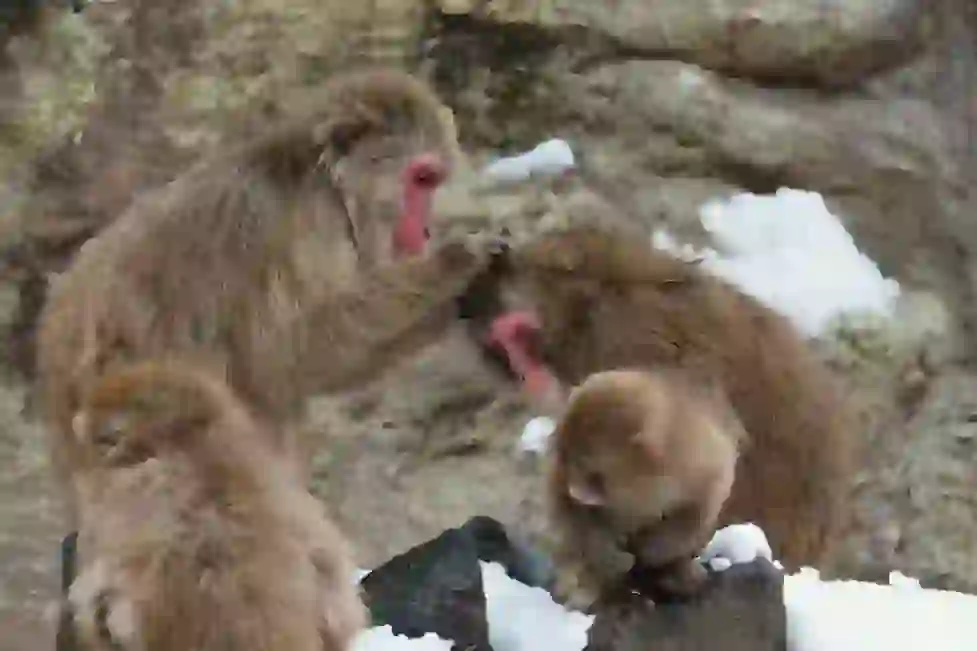
What is the lifespan of a japanese macaque?
The lifespan of a japanese macaque is said to be about 25 years in the wild and 30 years in captivity. Incidentally, japanese macaques reach sexual maturity when males are 7-8 years old and females when they are 5-6 years old. After reaching sexual maturity, japanese macaques will be able to give birth to children.

Why do japanese macaques have red faces and hips?
Since the skin of the face and hips of japanese macaques is thin, the color of the capillaries underneath the skin can be seen through. Yes, the red color of the face and hips of japanese macaques was actually the color of capillaries.
By the way, children's japanese macaques have a pink face, but as they grow older, their face becomes more red due to the increase in capillaries. The red color is strong and vivid, especially during the breeding season from autumn to winter.
Incidentally, since the most familiar monkey to japanese people is the japanese macaque, many japanese people seem to have the image that the monkey's face and hips are red.
However, in fact, monkeys with red faces and hips are rare in the world. Other than Japanese monkeys, monkeys with red faces are known to include "bald uakari" and "hamadryas baboon".

Is it true that japanese macaques are surprisingly powerful?
It's true. It is known that animals that climb trees, such as japanese macaques, have a very strong grip, and it is said that japanese macaques have a grip that is more than three times their body weight. (E.G., If you weigh 10kg, you have a grip strength of 30kg or more).
Incidentally, if you look at human grip strength and weight, it is said that even adult men between the ages of 35 and 39, who are said to have the strongest grip strength, have an average grip strength of about 47.64Kg.
※The average weight of a man between the ages of 30 and 39 is about 68.2Kg.
If you actually compare the numbers, you can see that japanese macaques have a very strong grip.
If an adult japanese macaque holds your hand as hard as it can, it will be very painful and you will not be able to shake it off.
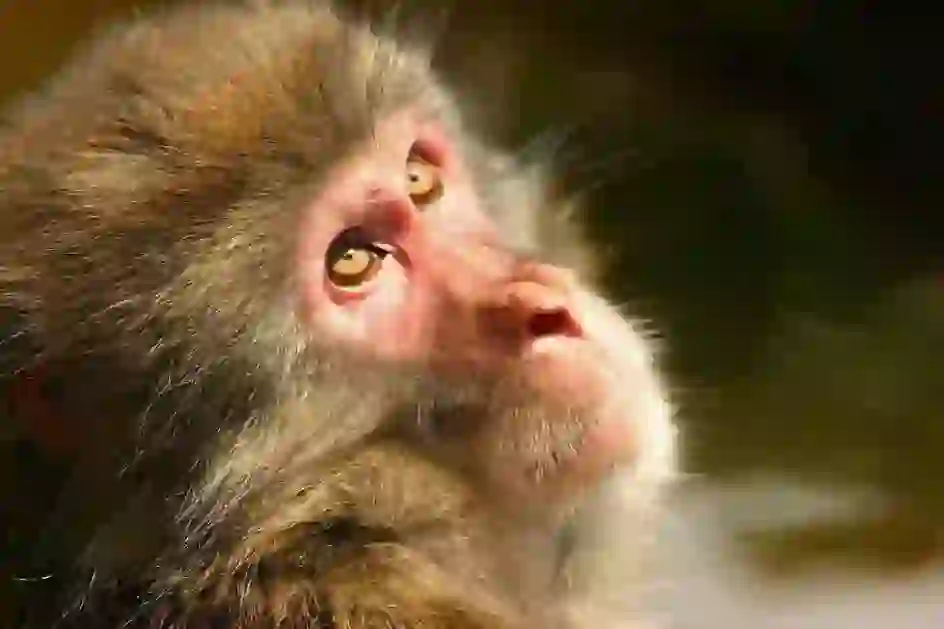
Why is the tail of a japanese macaque so short?
Most primates have long tails, but japanese macaques have very short tails, usually only about 10cm long. So why do japanese macaques have short tails?
Primate tails are often used to balance the body when climbing trees or jumping from tree to tree. Essentially, if an animal climbs a tree, the longer the tail, the more advantageous it is.
However, since japanese macaques live in places where the temperature drops below freezing in winter, it is thought that their tails have become shorter to protect themselves from the cold.
If the tail is long, heat will escape from it, and the end of the tail may freeze in the cold, causing frostbite, which in the worst case scenario will rot and fall off.
Japanese macaques are born with oval-shaped white protrusions on both sides of the anus. This is called "buttocks" and is thought to play a role in stabilizing the body when sitting.
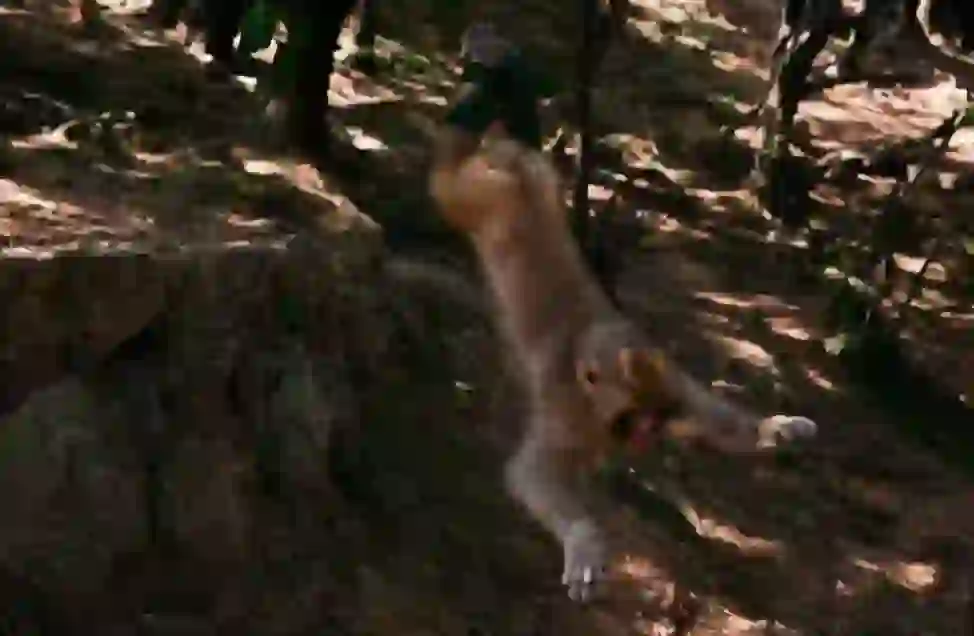
Are japanese macaques cold-tolerant?
Japanese macaques are known to be particularly cold-tolerant among the many primates. The reason why japanese macaques are resistant to the cold can be understood by looking at their hair.
The hair on the outside is long, but the hair on the inside is short and dense. This hair prevents the body from losing heat and is resistant to cold, but is said to be sensitive to heat.
It is also known that japanese macaques grow hair differently depending on the season. Winter hair is long, bushy, and ochre-colored, which is more resistant to heat loss, while summer hair is short and dark brown.
Incidentally, Japanese macaques are known to live in the northernmost part of all primates except humans.
Among them, the monkey that lives in the Shimokita Peninsula in Aomori Prefecture is called the "northern limit japanese macaque" and was designated as a national natural monument in 1970 as the northernmost japanese macaque in the world.
Japanese macaques are sometimes called "snow monkeys" because they live in the snow, but even though most primates live in warm areas, japanese macaques that live in the snow are interesting to researchers overseas.
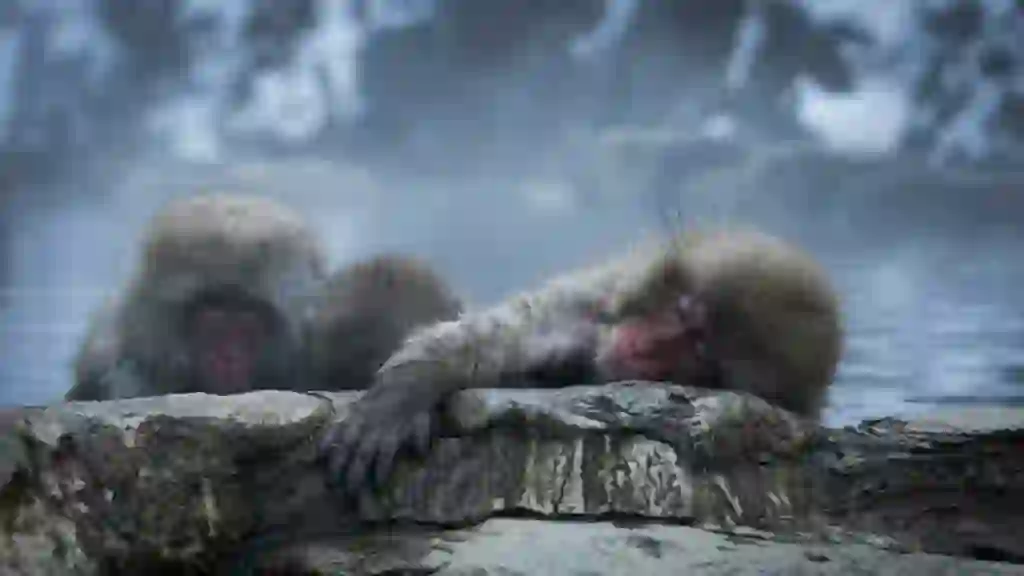
Is it true that japanese macaques like hot springs?
It's true.However, not all japanese macaques soak in hot springs.
Hot springs for japanese macaques have a slightly different meaning than baths for us. In fact, japanese macaques do not soak in hot springs to remove dirt from their bodies.
What they are looking for in a hot spring is "warmth," and they do not actively soak in hot springs during the warm months.
The japanese macaques that live in Jigokudani, Nagano Prefecture, are famous for bathing in hot springs, and "Jigokudani Wild Monkey Park" is one of the most famous places in the world where you can observe wild japanese macaques up close.
Despite the fact that it is located in a difficult place to get to, Jigokudani Wild Monkey Park attracts many tourists from overseas every year.
Incidentally, japanese macaques are less likely to sweat than humans and are naturally more resistant to the cold, so it is thought that even if they are exposed to the cold wind as soon as they leave the hot spring, they will not get sick.
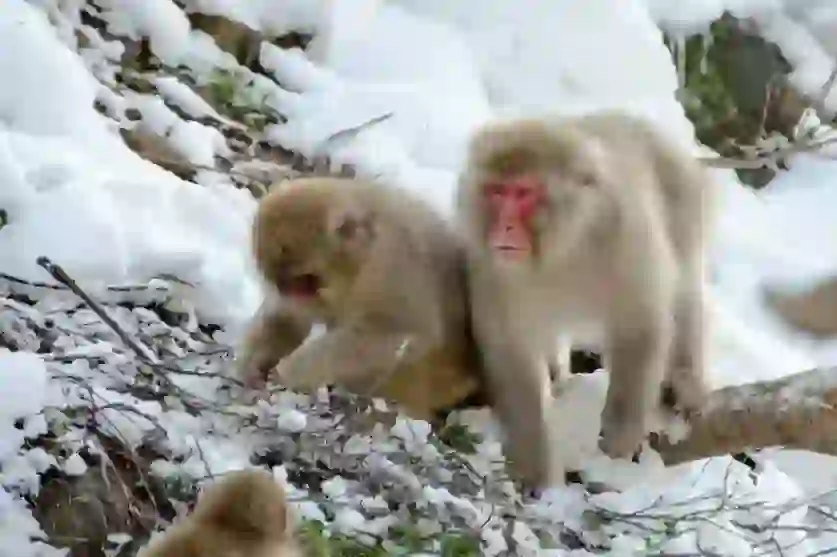
Is it true that there are japanese macaques with interesting cultures?
It's true.In addition to japanese macaques soaking in hot springs, there are many other japanese macaques with interesting cultures in Japan.
One of the most famous is the "sweet potato washing" of the japanese macaque that lives on Koshima Island in Miyazaki Prefecture.
The japanese macaques that live on Koshima Island are known to wash their sweet potatoes in seawater, remove the sand, and season them with salt before eating them.
Koshima Island japanese macaques are also famous for swimming well and eating raw fish, which other japanese macaques do not eat very often.
Incidentally, new cultures such as sweet potato washing often start with children and females, gradually spreading to other individuals in the herd, and eventually to the boss of the herd.

What kind of food do the japanese macaques at the zoo eat?
Japanese macaques living in zoos mainly eat pellets for monkeys, vegetables (cabbage, carrots, sweet potatoes, komatsuna, etc.), Fruits (apples, oranges, bananas, grapes, etc.), Animal protein (eggs, dried fish), and bread.
However, some zoos believe that fruits eaten by humans are not good for the health of japanese macaques because they are too sweet compared to natural fruits.
Zoos with this idea seem to reduce the amount of fruits and give mainly vegetables, wildflowers, tree branches and leaves.
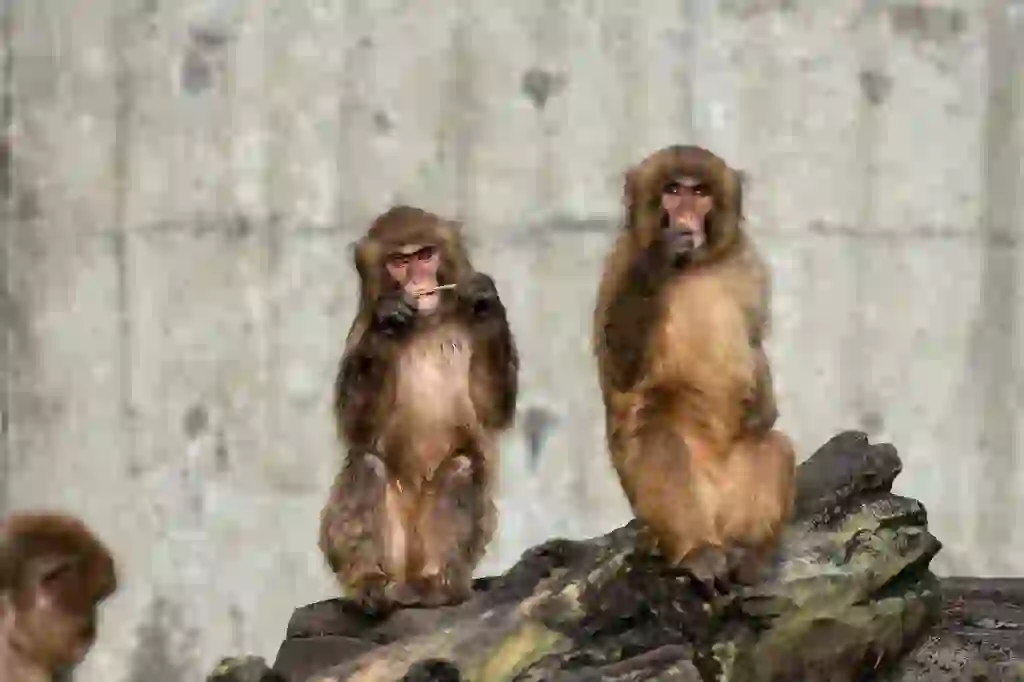
Can japanese macaques be kept as pets?
I've seen japanese macaques at zoos and on TV programs, and I want to keep them at home! Some of you may have thought about it. By the way, can japanese macaques be kept as pets just like dogs and cats?
The rules for keeping animals at home vary from country to country due to various laws and treaties in the world, but this time I would like to introduce whether or not japanese macaques can be kept as pets in Japan.
In fact, japanese macaques are classified by Japanese law as a type of "specified animal" that can harm people.
In the past, even specified animals could be kept as pets if they met the specified conditions and were reported to the prefectural government.
However, on June 1, 2020, the "Animal Protection and Management Law" was amended to completely prohibit the keeping of specified animals for petting purposes.
In other words, you used to be able to keep japanese macaques as pets, but now you can't.
By the way, japanese macaques that have been kept since before the law was amended can still be kept, and in the case of zoos and research facilities, they can be kept as before if they have permission.
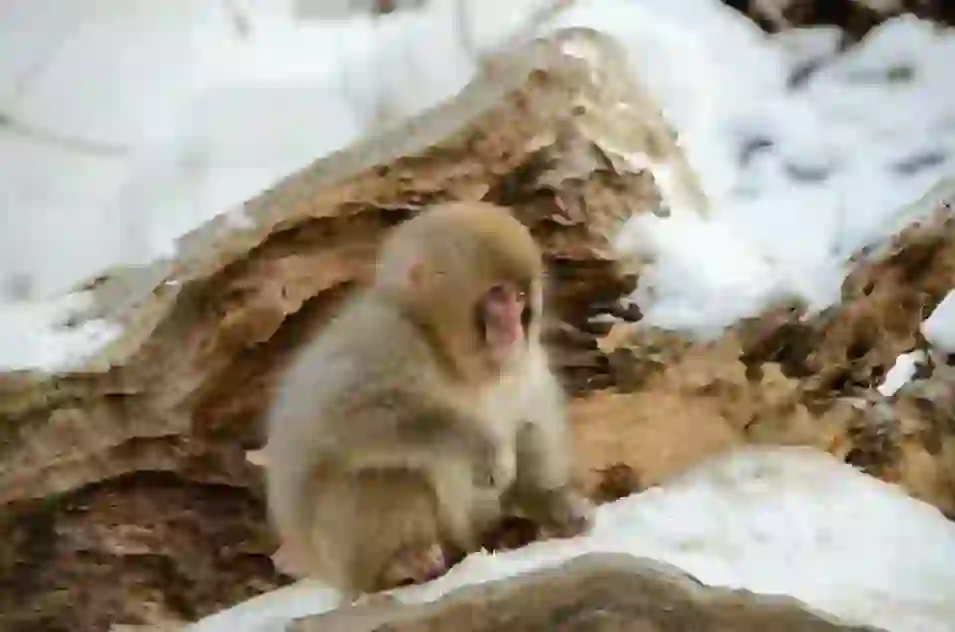
Why can't I feed wild Japanese macaques?
Now, here's one question. What would you do if you went to visit a mountain and met a wild japanese macaque and happened to have some bread or fruit with you?
If you're in that situation, I'd like to give bread or fruit to japanese macaques! Some people may think so.
However, when you encounter a wild japanese macaque, you should never feed it. This is because if you feed them, wild japanese macaques will mistakenly think that they can easily get food if they get close to humans.
When japanese macaques are no longer afraid of humans, they may jump on humans at random or come down to human settlements.
Wild japanese macaques are very powerful and have sharp teeth, so if they are attacked, they may get seriously injured.
In addition, japanese macaques that come down to human settlements may be killed as vermin by scavenging for garbage, breaking into houses, or destroying fields.In addition, they have some kind of disease or parasite, which can infect humans.
For this reason, even if a wild japanese macaque begs for food and thinks it is cute, never feed it.

What kind of enemies do japanese macaques have?
Japanese macaques are endemic to Japan, but there are no wild animals in Japan that actively eat japanese macaques. In fact, we humans are the biggest natural enemies of wild japanese macaques.
We cut open a hardwood forest where japanese macaques live and turned it into an artificial forest of cedar and cypress trees and a place for humans to live.
In addition, japanese macaques that have gone down to human settlements and eaten vegetables and fruits from the fields due to the loss of food and shelter are exterminated as vermin every year.
At the moment, the possibility of japanese macaques going extinct is thought to be low, but shouldn't we think of a way for Japanese people and japanese macaques to coexist better?
Incidentally, in the past, wolves called "japanese wolves" inhabited Japan. Therefore, it is possible that the japanese wolf attacked and ate the japanese macaque.
However, since the japanese wolf became extinct in 1905, no one knows the relationship between the japanese macaque and the japanese wolf.

Would you like to become a part of the 'Animalbook.jp'?
Turn your knowledge into Q&A and share it with the world. ※Publication will be activated after purchase. Let's share information together!
Japanese Macaque Type of List
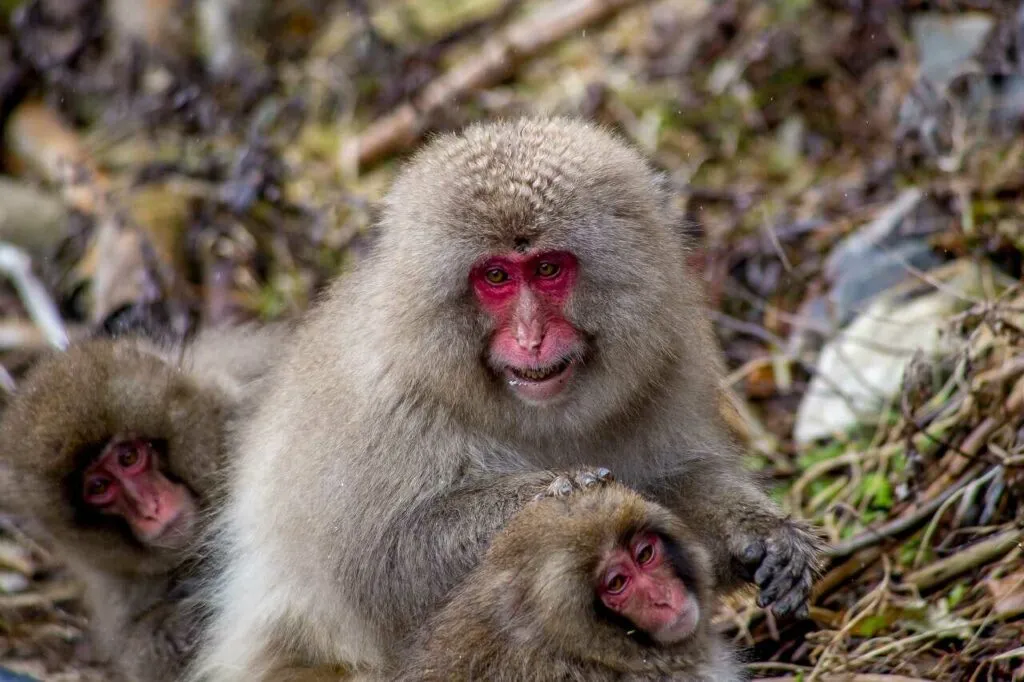
・Japanese Macaque ・Yakushima Macaque
Information
Congratulations! You are the first commenter!

Create Your Favorite List!
Japanese Macaque
Save the animals you love! Build your own list to quickly revisit your favorites later.

Would you like to leave a comment?
※Please note: This is for the purchase of rights to post comments within the article.
Find Your Favorites!
Our shop offers a unique and attractive selection of goods themed around various animals.
Japanese Macaque References

- 伊谷 純一郎(1986年)『動物大百科 霊長類』平凡社 青森県観光情報サイト「北限のニホンザル」 https://www.aptinet.jp/Detail_display_00000053.html
- 東京ズーネット「たまZOO・かんさつシートニホンザルのからだ」 https://www.tokyo-zoo.net/guided/j_macaque_K.pdf
- 京都大学人類進化論研究室「ニホンザルってどんな動物?」 https://jinrui.zool.kyoto-u.ac.jp/Arashiyama/whatisJmacaque.html
- NHK 読む子ども科学電話相談「短いしっぽは何のため?」 l https://www.nhk.or.jp/radio/kodomoqmagazine/detail/20180801_03.htm
- 環境省自然環境局 生物多様性センター「自然環境保全基礎調査」 http://www.biodic.go.jp/kiso/tokudo_kiso_f.html
- 旭川市旭山動物園「年老いたサル」 https://www.city.asahikawa.hokkaido.jp/asahiyamazoo/news-blog/siiku-blog/d067325.html
- 釧路市動物園「ニホンザル」 https://www.city.kushiro.lg.jp/zoo/shoukai/0043.html
- 京都大学 霊長類学・ワイルドライフサイエンス・リーディング大学院「地獄谷野外実習実施報告書」 https://pws.wrc.kyoto-u.ac.jp/pdf/reports/Report-2014-03-10-Jigokudani.pdf
- 産総研「体重」 https://unit.aist.go.jp/riss/crm/exposurefactors/documents/factor/body/weight.pdf
- 練馬区「世代別 握力平均値」 https://www.city.nerima.tokyo.jp/hokenfukushi/hoken/kenkodukuri/kenkoi7/20190305111627975.files/akuryokuheikinti.pdf
Japanese Macaque Introduction of media used

出典:https://www.pexels.com/ja-jp/photo/4381032/

出典:https://pixabay.com/images/id-3989098/

habitat
出典:https://pixabay.com/images/id-4700814/

food
出典:https://pixabay.com/images/id-2740791/

出典:https://pixabay.com/images/id-3892140/

出典:https://pixabay.com/images/id-4809480/

出典:https://pixabay.com/images/id-585107/

出典:https://unsplash.com/photos/PCdMQdpTGcU

出典:https://unsplash.com/photos/3FP8SKDhqY0

出典:https://pixabay.com/images/id-3971840/

出典:https://unsplash.com/photos/Yn4OgJ4WocU

出典:https://pixabay.com/images/id-4786472/

出典:https://pixabay.com/images/id-3970271/

出典:https://pixabay.com/images/id-1432865/
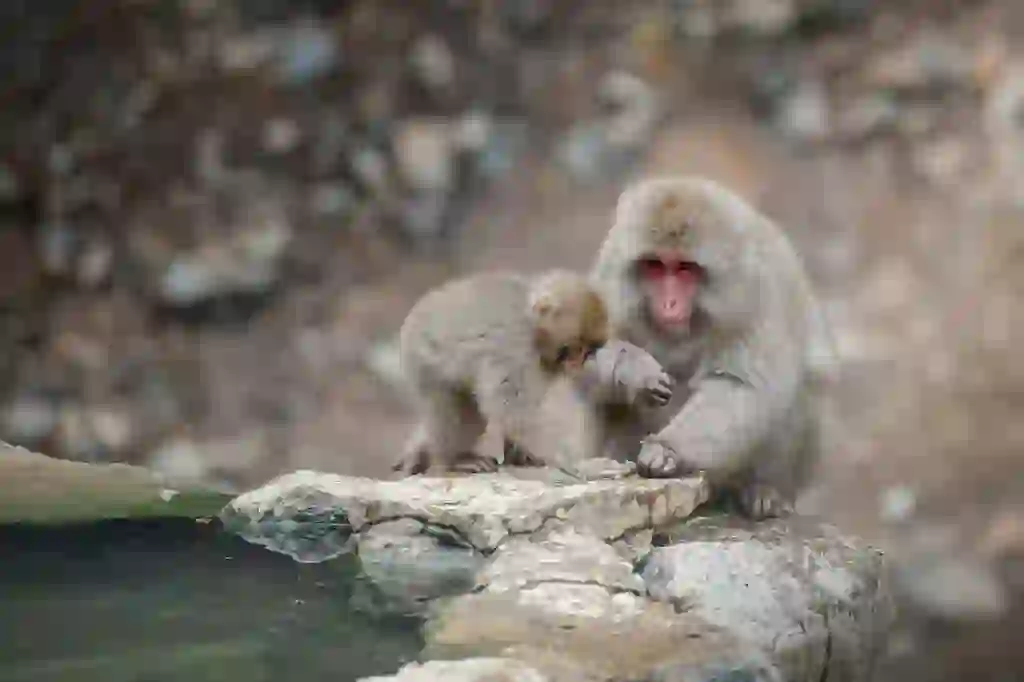
出典:https://pixabay.com/images/id-4809479/

Help Enrich Our Animalbook.jp with Your Media!
We are constantly looking to expand and enrich our Animalbook.jp with amazing photos and videos of animals. If you have any media that you'd like to share, please contribute and help us showcase the beauty and diversity of the animal kingdom. Your submissions will be credited and featured in our encyclopedia, reaching a wide audience of animal lovers.


















